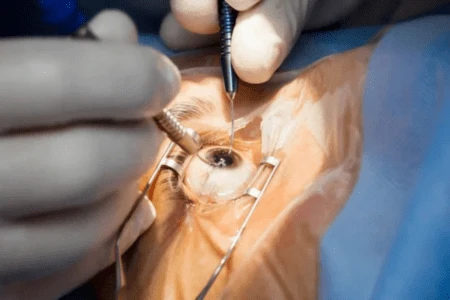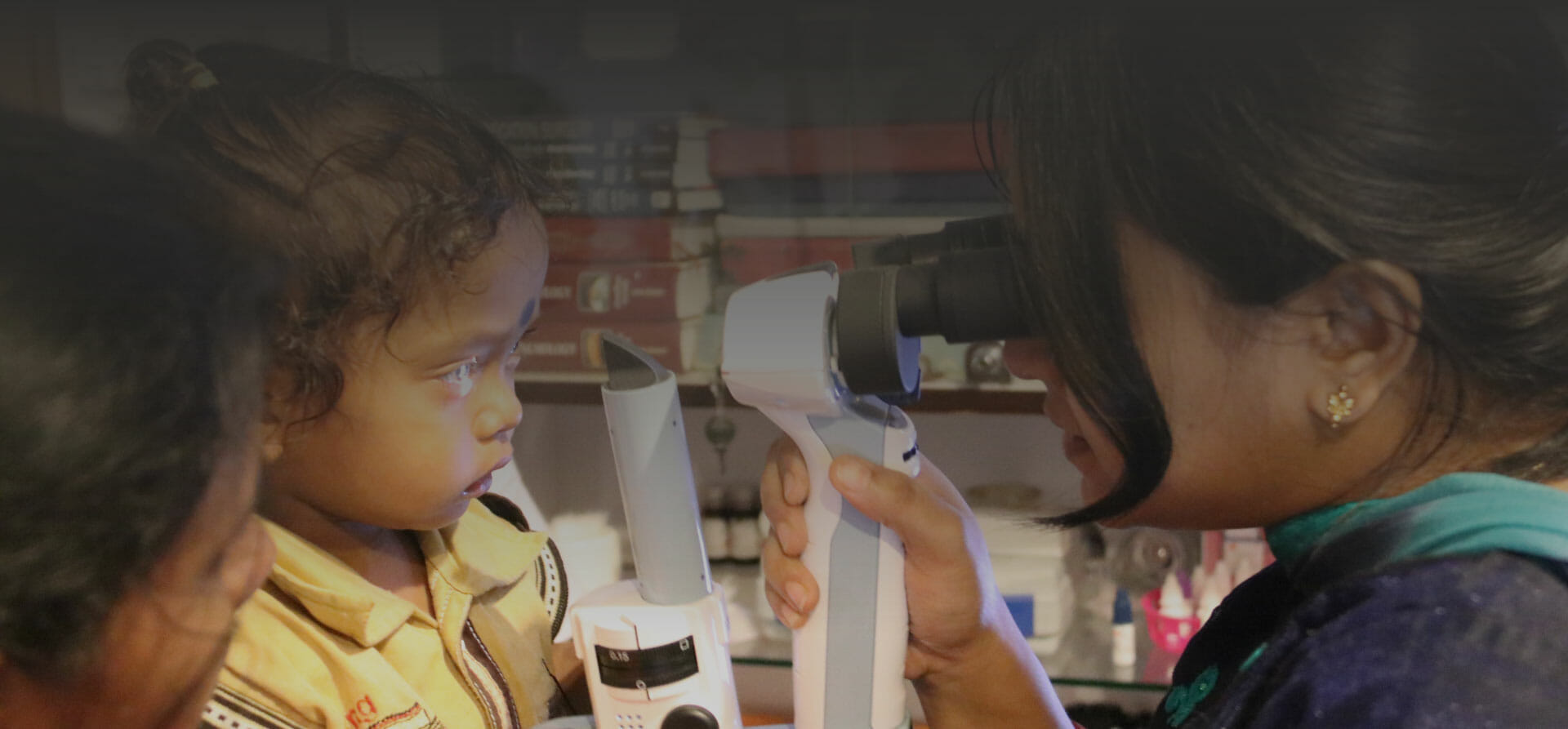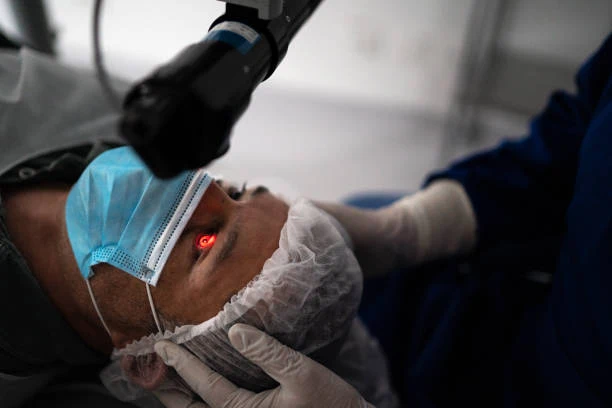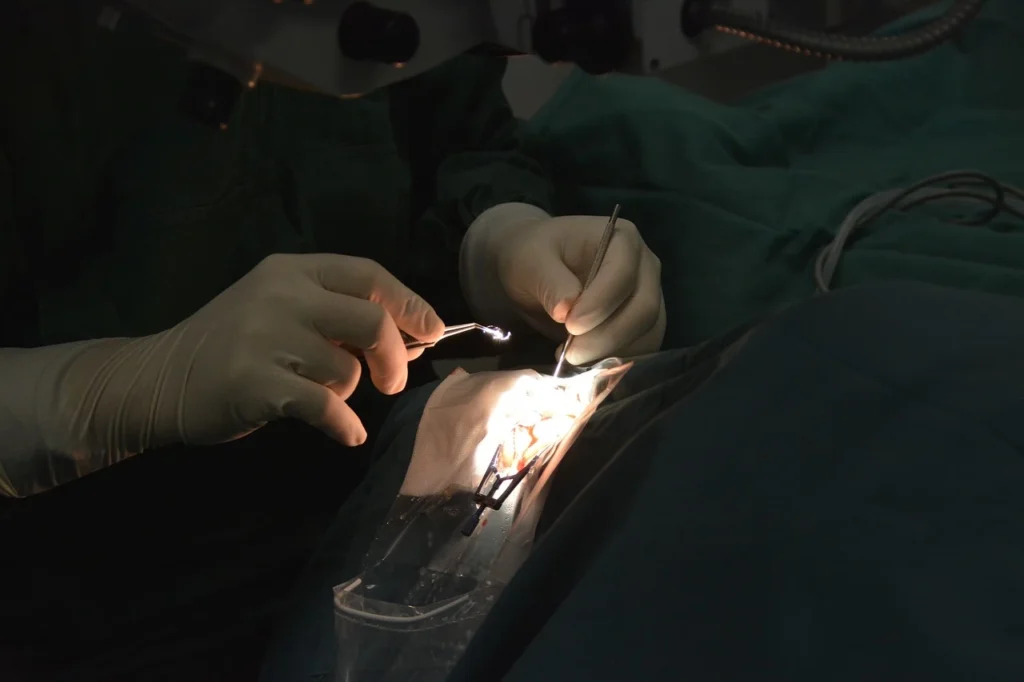Cataract surgery is a crucial decision for many facing vision impairments. In this blog, we’ll delve into the differences between traditional and laser cataract surgery, helping you understand which method might be better for those dealing with vision problems due to cataracts. We’ll cover everything from the precision of laser techniques to the traditional approach’s long-standing reliability, discussing aspects such as accuracy, recovery time, costs, and patient experiences. This guide is designed to provide essential insights for those considering options to restore clear vision effectively.
Contents
Understanding Traditional Cataract Surgery
Traditional cataract surgery, also known as phacoemulsification, is a common procedure used to restore vision for those suffering from cataracts. Here’s a straightforward breakdown of how it works:
- Preparation: Before the surgery, the area around the eye is cleaned, and a local anesthetic is used to numb the eye, ensuring the patient is comfortable and pain-free during the procedure.
- Incision: The surgeon makes a small incision near the edge of the cornea, the clear front surface of the eye. This incision is usually very small, about 2-3 millimeters.
- Phacoemulsification: Through this incision, the surgeon inserts a tiny probe that emits ultrasound waves. These waves break up the cloudy lens, which is the cataract, into small pieces.
- Removal: After the cataract is fragmented, the same probe is used to gently suction out the pieces from the eye.
- Lens Implantation: Once the cataract is removed, a clear artificial lens, known as an intraocular lens (IOL), is inserted into the lens capsule of the eye. This lens helps to focus light clearly onto the retina, improving vision.
- Completion: The incision is small enough that it often requires no stitches and heals on its own.
Traditional cataract surgery is highly effective and has been practiced for many years. It requires skill and precision but is generally a quick procedure with a high success rate. Most patients experience a significant improvement in vision, often within a few days after the surgery.
Introduction to Laser-Assisted Cataract Surgery

Laser-assisted cataract surgery represents a modern advancement in the way cataracts are treated. This method uses cutting-edge laser technology to enhance the precision and effectiveness of the surgery. Here’s a look at how it works and its benefits over traditional methods:
- Advanced Technology: Unlike traditional surgery, which uses manual incisions and ultrasound, laser-assisted surgery utilizes a femtosecond laser. This laser is programmed to make highly precise cuts and to soften the cataract, making removal easier and more controlled.
- Precision in Surgery: The laser precisely maps the eye’s surface, as well as the size, depth, and location of the cataract. This allows for extremely accurate incisions that are customized to the patient’s specific eye anatomy.
- Benefits Over Traditional Methods:
- Reduced Risk of Complications: The precision of the laser reduces risks associated with manual procedures, such as uneven incisions, which can lead to astigmatism.
- Faster Recovery: The accuracy of the laser can help reduce the time it takes for the eye to heal. Patients often report quicker improvements in vision.
- Enhanced Safety: The laser’s exact incisions ensure that the surrounding eye structures are undisturbed, enhancing overall safety during the procedure.
- Improved Lens Placement: The precise openings created by the laser allow for better placement of the intraocular lens, which can lead to improved visual outcomes.
Laser-assisted cataract surgery offers a high-tech alternative to traditional methods, providing those suffering from cataracts with a safer, quicker, and potentially more effective treatment option. This method is especially suitable for patients who require precise correction due to the specific conditions of their eyes.

Your Help Can Make a Difference!
Cataract Is The Biggest Reason For Blindness!
With Every Donation, You’re Gifting a Cataract Surgery To Someone in Need!
Accuracy and Precision in Cataract Removal
The accuracy and precision of the surgical method play a significant role in the outcomes of cataract removal. Here’s a comparison between the manual approach of traditional surgery and the laser-assisted technique.
| Aspect | Traditional Cataract Surgery | Laser-Assisted Cataract Surgery |
|---|---|---|
| Accuracy | Relies on the surgeon’s skill; variable | Uses advanced imaging technology for high accuracy |
| Precision | Less precise, manual incisions and lens fragmentation | Highly precise, with consistent and planned incisions |
| Impact on Outcomes | Higher variability can lead to astigmatism or incomplete cataract removal | Fewer complications, better alignment of IOLs, more predictable outcomes |
| Overall Visual Outcomes | Good, but dependent on surgeon’s expertise | Generally better, with improved vision quality and reduced dependence on glasses |
In summary, laser-assisted cataract surgery offers greater accuracy and precision, leading to better overall outcomes compared to traditional surgery. However, individual patient needs should be considered, and consulting with an ophthalmologist is crucial for the best decision.
Recovery Time and Patient Experience
When deciding between traditional and laser-assisted cataract surgery, recovery time and patient experience are key factors to consider.
Traditional Cataract Surgery
- This method generally involves a longer recovery period. Patients might experience blurred vision, light sensitivity, and discomfort for a few days to weeks. Full recovery can take about a month.
- Talking about patients’ comfort, they may feel some pressure during the procedure, but no pain due to local anesthesia. Post-surgery, mild pain and itching are common but manageable with medication.
- Traditional surgery has a high success rate, but complications like infections, inflammation, and posterior capsule opacification (PCO) can occur, potentially extending recovery time.
Laser-Assisted Cataract Surgery
- Recovery is often quicker with laser-assisted surgery. Patients usually experience clearer vision within days and full recovery in a few weeks.
- Laser surgery is typically faster and involves less trauma to the eye, leading to less post-operative discomfort.
- Laser surgery generally has fewer complications due to its precision. The risk of issues like PCO is lower, enhancing overall safety and recovery.
In summary, laser-assisted cataract surgery tends to offer a shorter recovery time, greater comfort, and fewer complications compared to traditional surgery. However, individual outcomes vary, so patients should consult their ophthalmologist to choose the best option for their needs.
Potential Risks and Complications

Both traditional and laser-assisted cataract surgeries have their own sets of risks and potential complications.
Traditional Cataract Surgery
- Risk of infection following surgery
- Inflammation can occur in the eye after surgery
- Posterior Capsule Opacification (PCO)
- Astigmatism
- Dislocation of Intraocular Lens (IOL)
Laser-Assisted Cataract Surgery
- Although less, there is a risk of infection
- Inflammation
- Posterior Capsule Opacification (PCO)
- Corneal Edema
- Intraoperative Complications
- Dislocation of Intraocular Lens (IOL) (Less common due to the precision of laser placement)
Be The Reason To Bring Someone’s Vision Back
With the growing rates of cataracts, the number of people facing the risk of blindness is increasing dramatically. Many of these individuals are unable to afford the necessary treatment to restore their vision. Imagine living in darkness, knowing that a simple procedure could bring back the light but not having the means to make it happen. This is the heartbreaking reality for countless people.
Your small donation can transform lives. By contributing to EyeMantra Charitable, you can be the reason someone regains their sight. Even a modest contribution can fund life-changing cataract surgeries for those in desperate need.
Be The Reason To Bring Back Their Vision
Click on the donate now button and start helping today.
